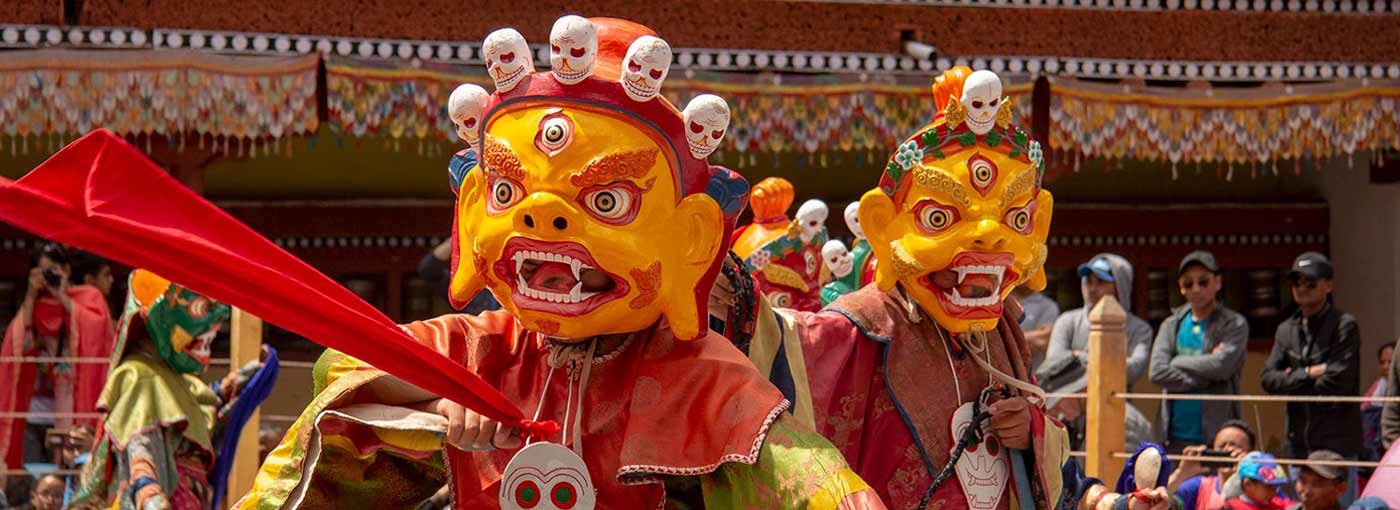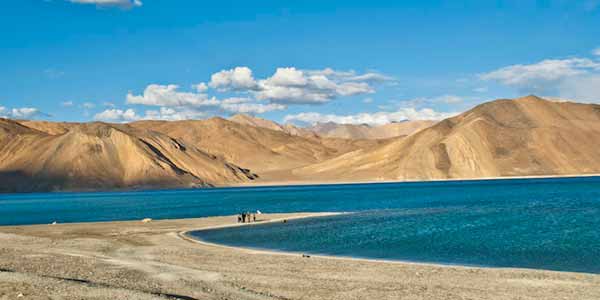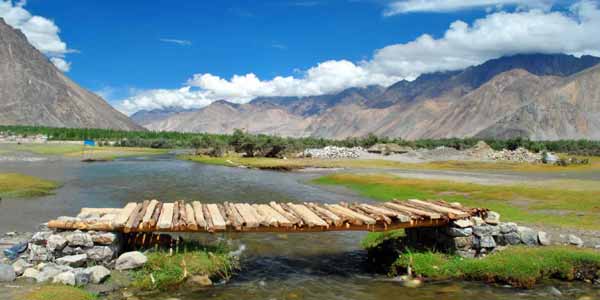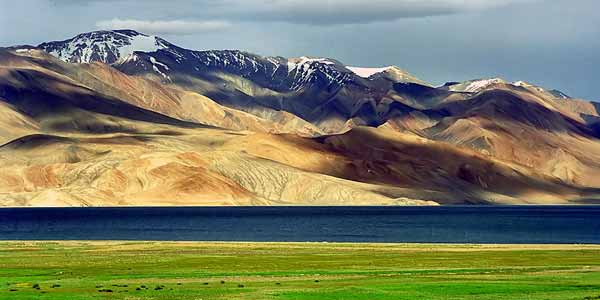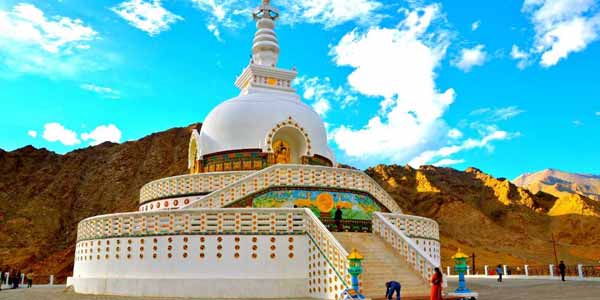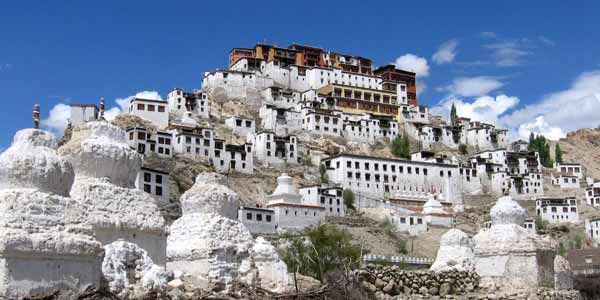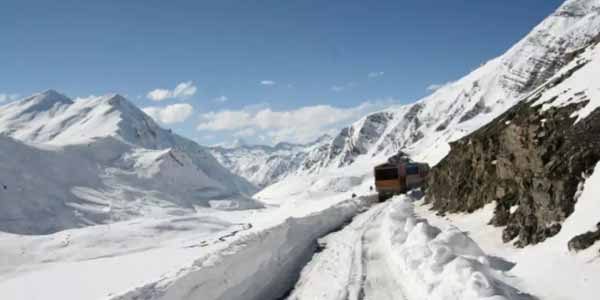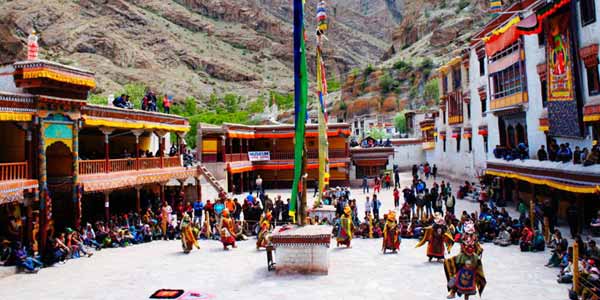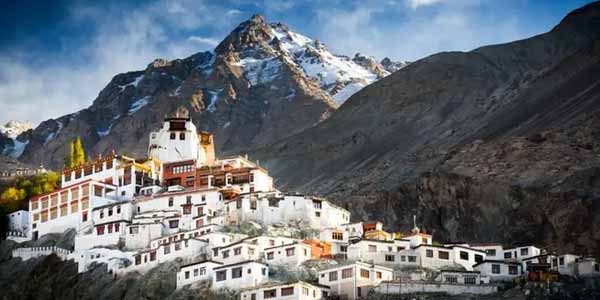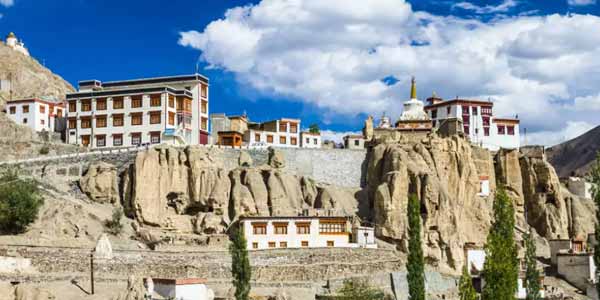
Lamayuru Monastery
Lamayuru Gompa : lies 15 km east of the Fatu La on the Srinagar-Leh Highway, with its medieval village seemingly growing out of the rocky hillside below it. In the past, Lamayuru has housed up to 400 lamas, but presently there are only 30 to 50 lamas living here, although about 150 lamas belong to the gompa. The other lamas stay and teach at Lamayuru's smaller daughter gompas located in outlying villages.
Twice a year, all the lamas gather at the gompa for general prayers which are accompanied by three days of masked dancing. These gatherings occur in the second and fifth months of the Tibetan calendar (usually March and July). Lamayuru belongs to the red-hat sect of Buddhism.
Ancient legends say that at the time of Sakyamuni (the Historical Buddha), Lamayuru's valley was a clear lake where nagas (holy serpents) lived. The Bodhisattva Madhyantaka foretold that the lake would be emptied and a monastery built there. The legends continue by saying that Naropa, an 11th century Indian Buddhist scholar, came to Lamayuru and spent many years meditating in a cave, which can still be seen in the main Dukhang. Naropa then caused a split in the surrounding hillside and the lake emptied through this opening. After the lake emptied, Naropa found a dead lion previously covered by the waters of the lake. On this spot, Naropa built the first temple at Lamayuru, the Singhe Ghang (Lion Mound). Other historical accounts relate that in the 10th century the King of Ladakh ordered the building of Lamayuru gompa and placed it under the supervision of Rinchen Zangbo.
The original gompa was composed of five buildings although only the central one still stands. In the 16th century, Ladakh's King Jamyang Namgyal was cured of leprosy by a lama from Tibet. In gratitude, the King gave Lamayuru gompa to this lama and also bestowed other privileges - no taxes were collected and the area surrounding the gompa was declared a sanctuary where none could be arrested. For this reason, Ladakhis still refer to Lamayuru gompa as Tharpa Ling, the "Place of Freedom"
The Dukhang or main assembly hall is on the right side of the courtyard. The entrance verandah has been recently painted with a colourful depiction of the Guardians of the Four Directions. The mural on the left wall of the verandah depicts the proper way for a lama to live. The Dukhang was redecorated in 1970 with new column paintings. In the wall on the right side of the Dukhang is a small cave known as Naropa's cave, where Naropa is supposed to have meditated for several years. This cave contains a statue of Naropa as well as statues of Marpa (Naropa's student who became a translator of religious texts and famous poet) and Mila Ras-pa (Marpa's student and a spiritual head of the red-hat sect of Tibetan Buddhism who was famous for his asceticism). The right side of the Dukhang has three complete sets of the Kandshur (the 108 volumes of Buddha's teachings) in lovely glass-fronted bookcases. These cases were made in 1977 and have elaborate painted decorations above and below the shelves holding the books. The statue inset near the middle of the right side wall is Sakyamuni, although not with his usual blue hair.
Leh Ladakh Attractions
Ladakh Attractions people across the world with its beauty and adventures. The famous Buddhist culture surrounds Ladakh. People generally enjoy the traditional side of this region. Ladakh is a popular place for Buddhist festivals. Hemis Festival is one among them. Our article deals with the all the facts about this famous Hemis Festival.
 +91 9799050299
+91 9799050299 